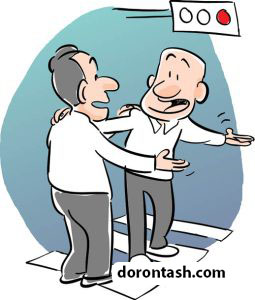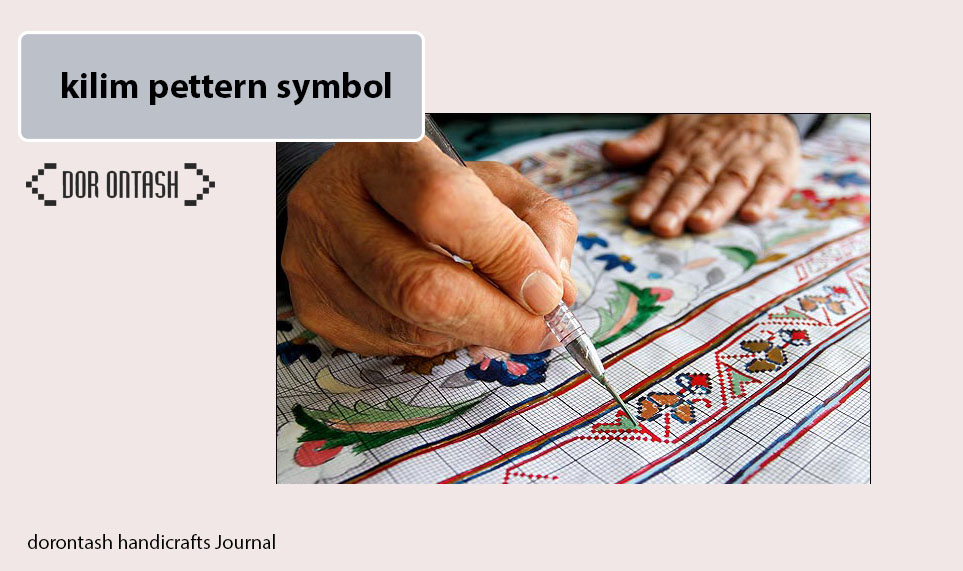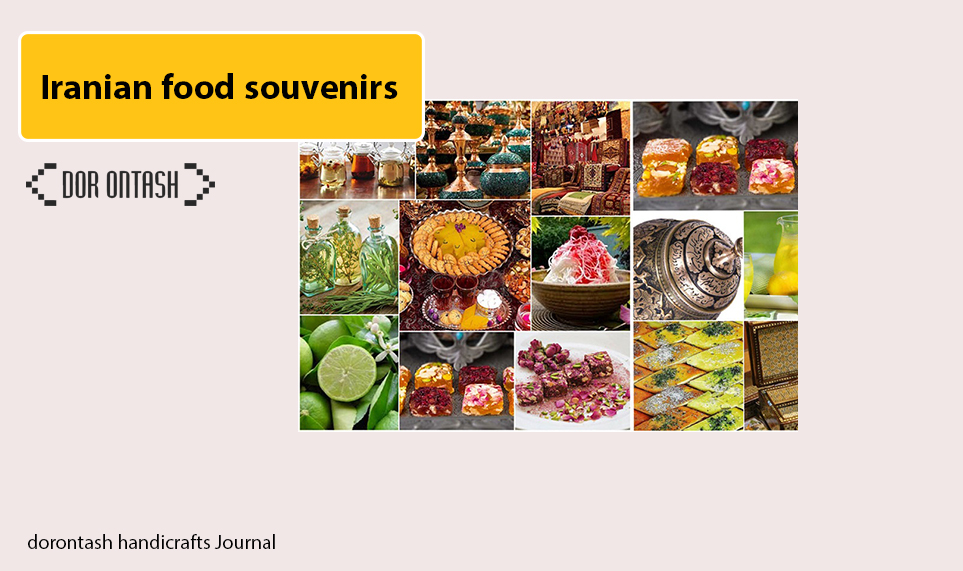The tradition culture of iran is very diverse due to the different ethnic groups that live in Iran, which is a part of the tradition of Iranian culture and can be seen in the whole country. These traditions, which come side by side from the culture of Iranians for thousands of years, are still standing. It is true that under the influence of the global village, a part of global cultures has been formed and the presence of the media plays the most important role in it, but despite all these changes in traditions not only in Iran but also in other countries of the world. It is so preserved.
1- Get together and party | culture of iran
Due to its ancient history, Iran’s traditions have deep cultural roots and each of them reaches a historical story. Since ancient times, Iranians have been party people, and since about five hundred years ago, Iranian men used to gather together in coffee houses. It is interesting to know that every great man sat under his togh and there he either narrated stories or listened. Therefore, the word hangout has been created in the tradition of Iranian culture.
Hangout means a place to hang out, and today this word is still heard among young people, where is your hangout? Although there is no news of Toq anymore, it is one of the Iranian cultural traditions of hanging out and partying and gathering friends, which can be seen in many Iranian cities. And many young people still hang out in a certain place, a cafe or a park. They have a clear idea and make happy times for each other, and the places of today’s hangouts have changed from coffee houses to different cafes.
2- Compliment | culture of iran
Complimenting is a tradition of Iranian culture, which still exists among all strata of society. This is a long-standing tradition of Iranian morality. Maybe every tourist who enters the country will see this many times in a taxi, while counting the food in a restaurant or while shopping in the market if the seller and the customer are familiar with each other and hear this famous saying “It’s not possible”. In Iran many times seller and buyer and sometimes two friends and relatives offer something to each other while calculating. The seller says “he can’t afford it and the customer says the owner needs it”; This culture can be seen in all the cities of Iran and it is one of the traditions of Iranians that shows Iranian ethics and morals.
Of course, this ethics is not only in trading, and in many cities of Iran, when you travel and if you talk to the people of the city, they tell you “come to our house and we will be of service” and it is another Iranian compliment. which shows the characteristic of hospitality of Iranians and today it is a special and common word.
3- Not turning your back on others | culture of iran
Another important cultur of iran is that if they sit in the front seat at a party or in a taxi or even a bus, they apologize behind their heads and say “I’m sorry, my back is to you”. In Iranian culture, if you pay attention to the pictures of old houses and past parties in paintings, they always sat together and did not turn their backs to each other. Therefore, these old customs have remained in Iran, and with the change of the day, when taxis and cars have entered the lives of Iranians, the phrase “Excuse me, my back is to you” is heard many times, and the listener says in response, “A flower has no back and face.” “. These old customs are a tradition of Iranian culture that still exists among all Iranians.
4- Ancient Nowruz celebration and some of its traditions
Many Iranian traditions that still remain strong have their roots in the ancient celebrations of Iranians. The most important festival of Iranians is Nowruz, which is celebrated according to the exact renewal of the earth and the rotation of the earth around the sun. This celebration is so important in the world that it was registered as a spiritual cultural heritage in the world list of UNESCO and today, even with many rumors and research, its name is familiar to many people of the world.
The ancient celebration of Nowruz and its related culture of iran
-
Housecleaning
The ancient festival of Nowruz has important traditions of Iranian culture, one of them is the end of the year moving house, and Iranians all believe that if they want to enter the new year, all their houses and belongings should be clean and decorated, which is called moving house. Shaking house is a tradition of Iranian culture, which is done every year by Iranians, just like Nowruz.
-
Nowruz purchases
Buying new clothes and new items is one of the old traditions of Iranians for this festival, and even if they don’t have enough money to buy new clothes, they will definitely buy a new item or item of clothing, and the days of March are the same as March. It can be considered the busiest days of the market in Iran.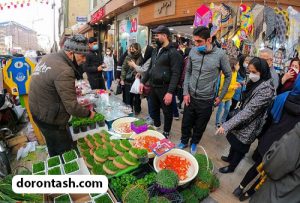
-
Planting greens and setting the Haft Sin table
The tradition of Iranian culture is very important in the celebration of Nowruz to set the Haft Sin table, which they themselves plant in a pot beforehand. Of course, due to the industrial, machine and office life, in some neighborhoods, the tradition of semenopazi culture can be seen. Semno is one of the most important table items. Today, many people buy ready-made items, but in every Iranian’s house, a small Haft Sin table can be seen for up to 13 days.
5- Last Thursday of the year
According to the tradition of Iranian culture, going to the tombs on the last Thursday of the year is an ancient tradition of Iranians. It is interesting to note that this culture was also present in Sassanid Zoroastrianism, and after the arrival of Islam, it still remains among Iranians. In Zoroastrian religion, they believe that the deceased person is present in their life and they should make the soul of the dead happy. This custom has remained after the arrival of Islam, and although it has taken on the color of an Islamic ritual, but for the happiness of the soul in the past, many people go to the tombs and give alms. This part is also an important tradition of Iranian culture and although it is held once a year, it is still held by Iranians.
6- Ancient celebrations
There were seven main festivals in ancient Iran, of which Nowruz is one of the remaining main festivals, some of its customs were explained earlier. The festivals of Tirgan, Mehrgan, Sepandazmezgan, etc. are not done like that today, but the ancient festival of Chaharbansuri Suri is held every year on the last Wednesday of the year. It was a big celebration. Today, it has a different color and appearance due to firecrackers and firecrackers, but still many people build a big fire and the poem “Redness of you from me” and “yellowness of me from you” is read. This ancient celebration is an Iranian cultural tradition, which today is considered a travel attraction on its own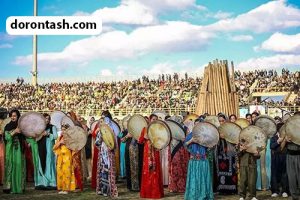
7- Celebrating a birthday the night before
In the tradition of Iranian culture, it is customary that if they want to celebrate someone’s birthday, they do it on his birthday. It is noteworthy that if you congratulate a German on his birthday in advance, he will not consider it a good sign, but in Iran, the birthday celebration is the night before, which is reserved for a person. Although these customs are very small, they cause cultural differences, and these differences cause traveling and experiencing new ideas. Celebrating a birthday and sometimes a wedding anniversary is considered a tradition of Iranian culture today, which does not have long roots in history. Of course, it goes without saying that in the past, the birthday celebrations of kings, crown princes and viceroys have been widely celebrated in Iran.
8-Smoking pecans | culture of iran
Iranians have a special belief in the wounded eye and smoke to remove negative energy on Wednesday nights or Friday nights in March to remove the evil from their loved ones. During weddings and marriages, Esfand plays an important role, and usually the bride and groom take turns spinning a quantity of Esfand on top of each other’s heads and pouring it into Esfand Don. If in Indian culture, lighting oud is an important cultural tradition, in Iran, smoking in March is an Iranian cultural tradition and it is still done.
9- Breaking and pulling in the celebration
One of the cultural traditions of Iranians is breaking apart from dancing and stomping during celebrations. This is a skill that Iranians learn from childhood and it has different types. Remember that a beat produced by the sound of the hands is called break. In wedding celebrations, Iranian women sing kehl, which requires great skill, and when the bride enters the house of fortune, the wedding hall, and leaves her father’s house, you hear this joyful sound from Iranian women. Only women do hair removal. Breaking and pulling is unique to Iranians and it is a tradition of Iranian culture that is still practiced by Iranians.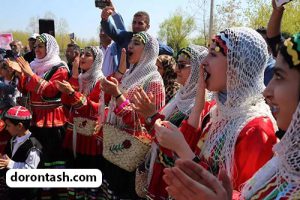
10- Suring
Since the past, Iranians have been waiting to get married, have children, find a job, buy a house, etc. Sometimes this sur is a box of sweets and sometimes it is bigger and becomes a luxurious party. This tradition of Iranian culture has its roots in the ancient heart and it is still done as it is called sur dadan or sweet dadan.
Conclusion
Remember that these old customs and traditions are a small part of Iranian traditions. If you like to read more cultural traditions, you can read books on the anthropology of the society of old Tehran, thirty speeches about culture, anthropology of ethnic groups and Iran by the famous researcher Ali Blokbashi, these are good sources. If you still have traditions in your area You will be taken and you have experience of it. Write your valuable experience in the comment section for Eli Gesht so that the readers can also benefit from it.

